Sala Conmemorativa Nacional del Gobierno Provisional de Corea (국립대한민국임시정부기념관)
12.6Km 2023-01-17
Tongil-ro 279-24, Seodaemun-gu, Seúl
Chuncheonjip Dakgalbi Makguksu (춘천집닭갈비막국수)
12.6Km 2019-12-24
1, Yonsei-ro 5ga-gil, Seodaemun-gu, Seoul
+82-2-325-2361
This Dakgalbi restaurant is located in Sinchon, an area surrounded by universities and populated by students. Chuncheonjip Dakgalbi Makguksu’s most popular dish is Dakgalbi, which is prepared by marinating boneless chicken in spicy red pepper paste and stir-frying it with various ingredients in a large cast iron pan. For an extra tasty treat, try adding an assortment of noodles to the chicken as it cooks. After you’ve finished eating your Dakgalbi, don’t forget to order rice to stir-fry in the pan to soak up the extra, flavorful sauce!
The restaurant offers a simple Dakgalbi menu at an affordable price. Thanks to the restaurant’s delicious food, reasonable prices, and casual atmosphere, the restaurant is always full of people.
Museo Whanki (환기미술관)
12.6Km 2021-05-21
Jahamun-ro 40-gil 63, Jongno-gu, Seúl
La Fundación Whanji inauguró el Museo Whanki en 1992 en honor al pintor Kim Whanki (1931-1974). El museo posee alrededor de 300 piezas de Kim Whanki, así como realizar diversas exhibiciones especiales sobre el arte contemporáneo y otros eventos, además de exposiciones permanentes de las obras de Kim Whanki. Con dichas actividades, el Museo Whanki se esfuerza por recordar el valor del pintor Kim y sus influencias, y desarrollar más el arte coreano.
Jinju Sikdang (진주식당)
12.6Km 2021-03-30
37, Seongo-ro 124beon-gil, Bucheon-si, Gyeonggi-do
+82-32-672-1636
It is a place with a 20-year tradition where you can taste fresh meat. This restaurant's signature menu is grilled Korean beef sirloin. This Korean dishes restaurant is located in Bucheon-si, Gyeonggi-do.
Jaha Sonmandu (자하손만두)
12.7Km 2021-03-29
12, Baekseokdong-gil, Jongno-gu, Seoul
+82-2-379-2648
Located in Buam-dong, Jaha Sonmandu is a restaurant specializing in Korean hand-made stuffed dumplings. Though the restaurant’s exterior is that of a classic restaurant, the succulent flavors of the food are reminiscent of grandma’s cooking — timeless and full of love.
Festival Mundial de la Juventud en Sinchon (신촌글로벌대학문화축제)
12.7Km 2024-07-30
Changcheon-dong, Seodaemun-gu, Seúl
02-330-6714
MBRO Donkkaseu (엠브로돈까스)
12.7Km 2021-03-18
26, Myeongmul-gil, Seodaemun-gu, Seoul
+82-2-363-5241
This is a Japanese cuisine located in Sinchon, Seoul. It sells even spicy pork cutlet. The best menu at this restaurant is pork cutlet.
Wan Chai (완차이)
12.7Km 2019-04-10
50-7, Myeongmul-gil, Seodaemun-gu, Seoul
+82-2-392-0302
Wan Chai is a Chinese restaurant with a name meaning "spicy," and is a must-visit for those who love spicy food. Rather than the original spicy Chinese Sichuan cuisine, a small amount of Korean spices have been added to create even better tasting dishes.
The most popular item on the menu is a large plate of reddened mussels known as the Extra Spicy Stir-fried Mussels. The dish is a mixture of spicy red peppers, garlic, and spicy sauce, stir-fried to perfection. Many customers also come in for the gul jjamppong (spicy noodle soup with oysters). Even the jajangmyeon (noodles in black bean sauce) tastes great here, with clean-tasting black soy bean sauce. Finally, for dessert, lychee is served, a unique treat to finish off a meal at Wan Chai.
Cheongdamdong Pojangmacha (청담동포장마차)
12.7Km 2021-04-06
25, Yonsei-ro 4-gil, Seodaemun-gu, Seoul
+82-2-363-4377
It is famous for its delicious yet inexpensive and varied snacks. This Korean dishes restaurant is located in Seodaemun-gu, Seoul. The representative menu is rolled omelet with cheese.
Monte Bugaksan (북악산)
12.7Km 2021-04-08
Changuimun-ro 42, Jongno-gu, Seúl
+82-2-765-0297
Seúl está rodeada de montañas, principalmente Bugaksan, Namsan, Naksan e Inwangsan. Bugaksan, la montaña situada al norte de Seúl, es la mayor de estas, y es un vástago del monte Bukhansan. También es conocida como Baekaksan.
La Fortaleza de Seúl recorre la sierra y la puerta Changuimun (también llamada Jahamun), una de las cuatro pequeñas puertas que rodeaban el castillo durante la época Joseon, se encuentra al oeste de la montaña, cerca de Inwangsan. La ruta Bugak Skyway, que une Changuimun y Arirang Hill en Jeongneung, tiene unas magníficas vistas del centro de Seúl, y pasa por diversas atracciones como Changuimun y el Pabellón Bukak. Otra atracción es el Parque Samcheong, al sur del monte Bugaksan.
Los montes Inwangsan (al oeste de Bugaksan) y Naksan (al este) tenían ubicaciones perfectas según la geomancia coreana pungsu (feng-shui). El monte Inwangsan estaba plagado de tigres durante los comienzos de la dinastía Joseon. De acuerdo con la leyenda, el rey suplicó a la deidad de la montaña que enviara los tigres al otro lado del río Yalu. Aunque los tigres se marcharon, se le permitió quedarse a una tigresa con cachorros, cuyas crías se multiplicaron convirtiendo Inwangsan en un lugar temible lleno de tigres.
Inwang Skyway conecta la parte este de Insangwan con Bugaksan. La ladera este de Inwangsan se ha convertido en una elegante zona residencial, mientras que Guksadang (que significa literalmente "Santuario Nacional") fue desplazado de Namsan a un área al oeste de la montaña en la década de 1920. Aún hoy, se celebran exorcismos chamanes en el santuario, así como rituales en honor de las deidades de la montaña.

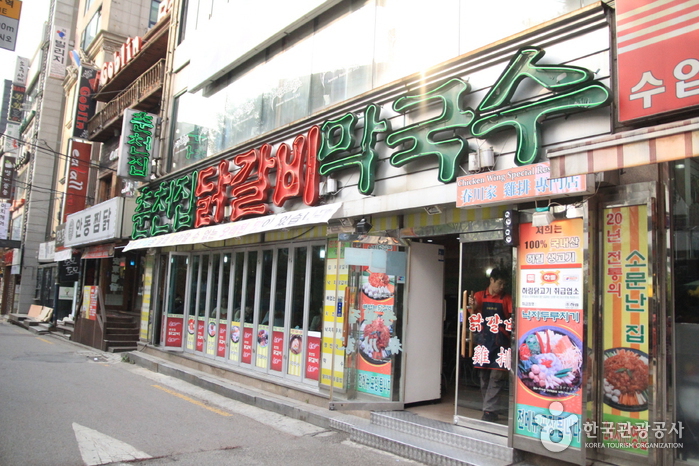

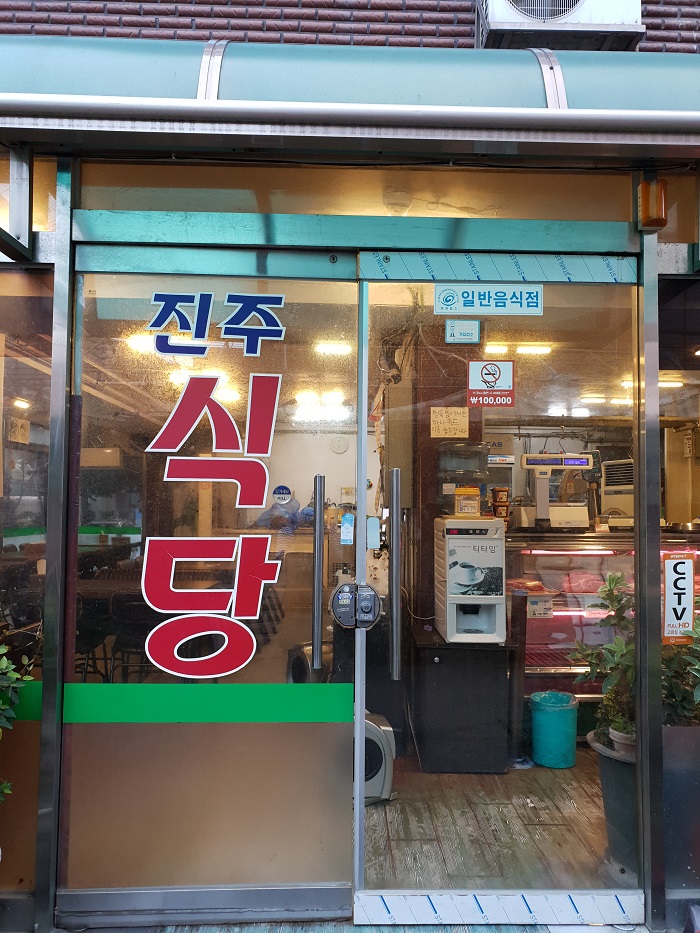
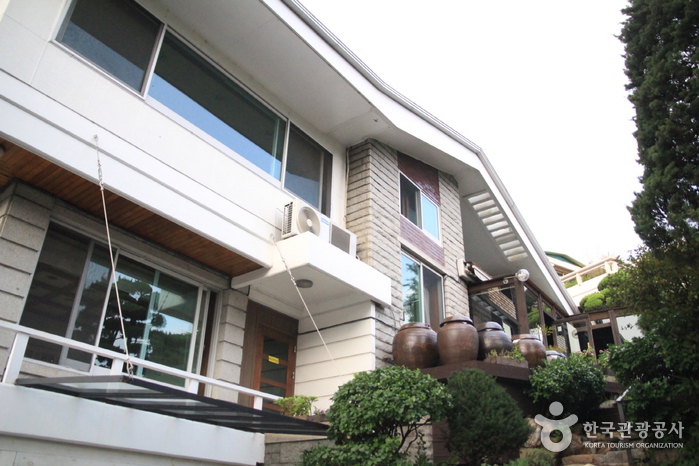
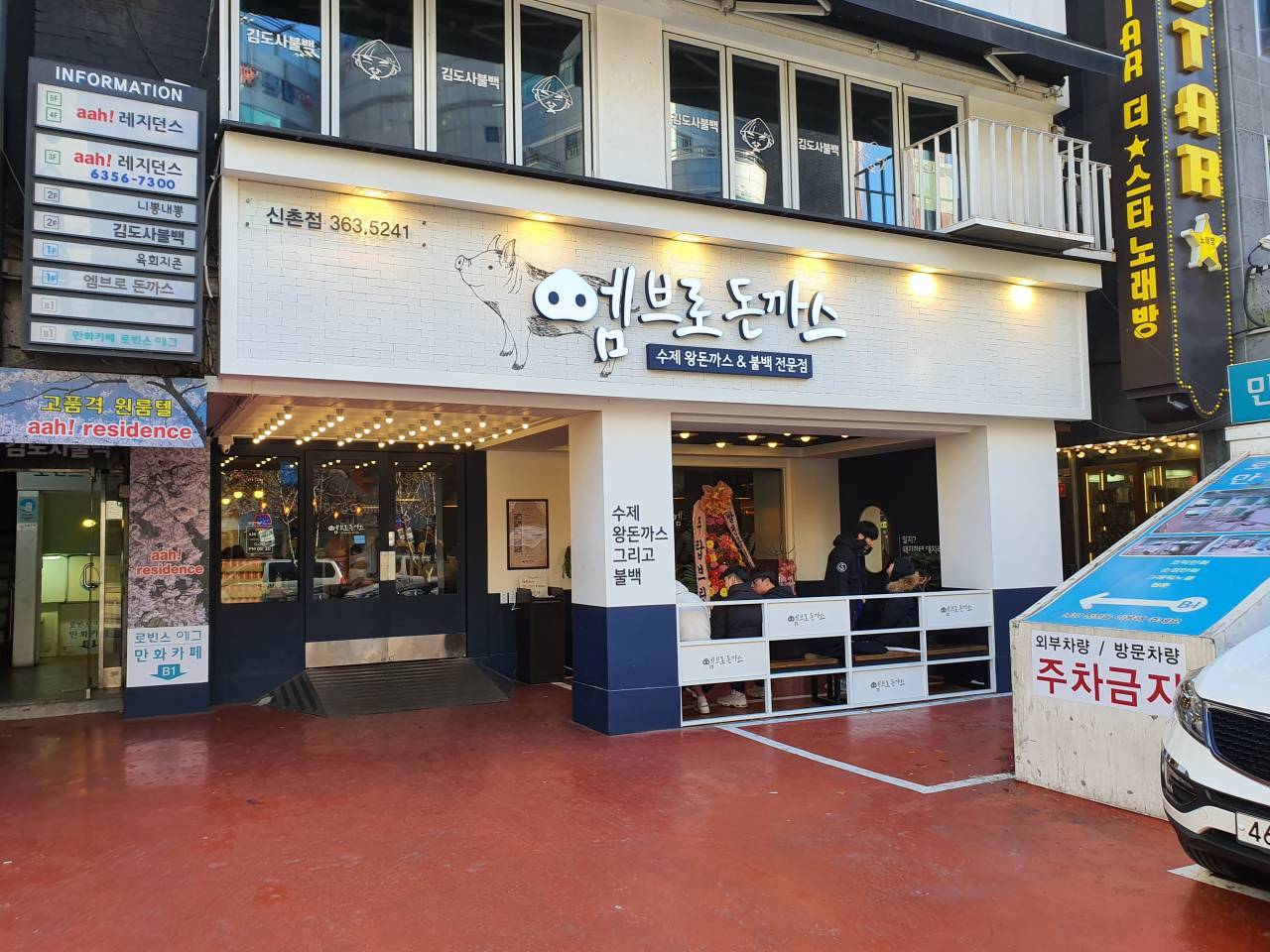
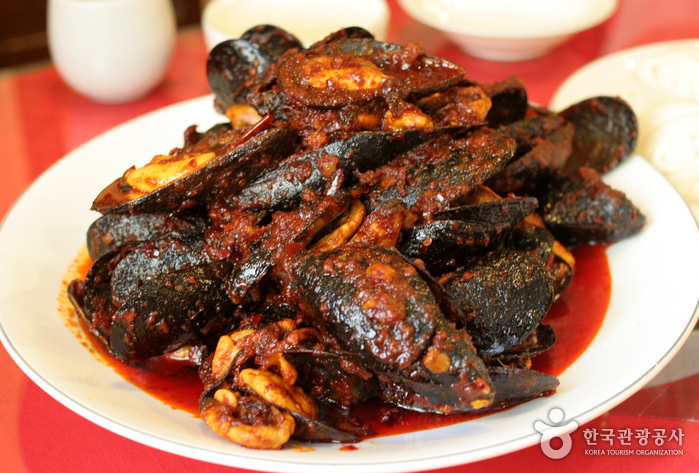
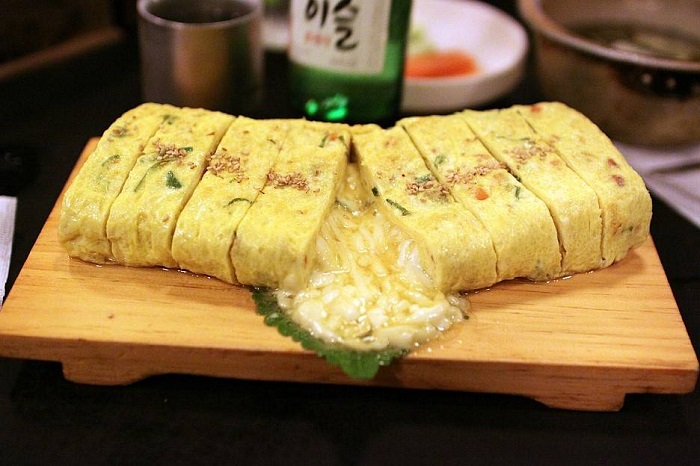
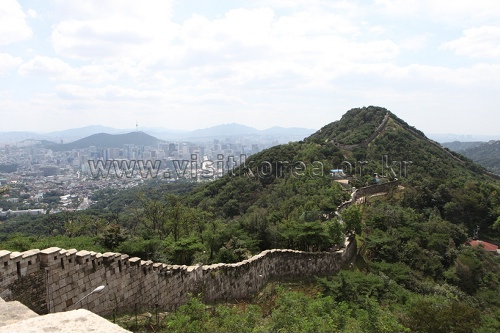
 Español
Español
 한국어
한국어 English
English 日本語
日本語 中文(简体)
中文(简体) Deutsch
Deutsch Français
Français Русский
Русский